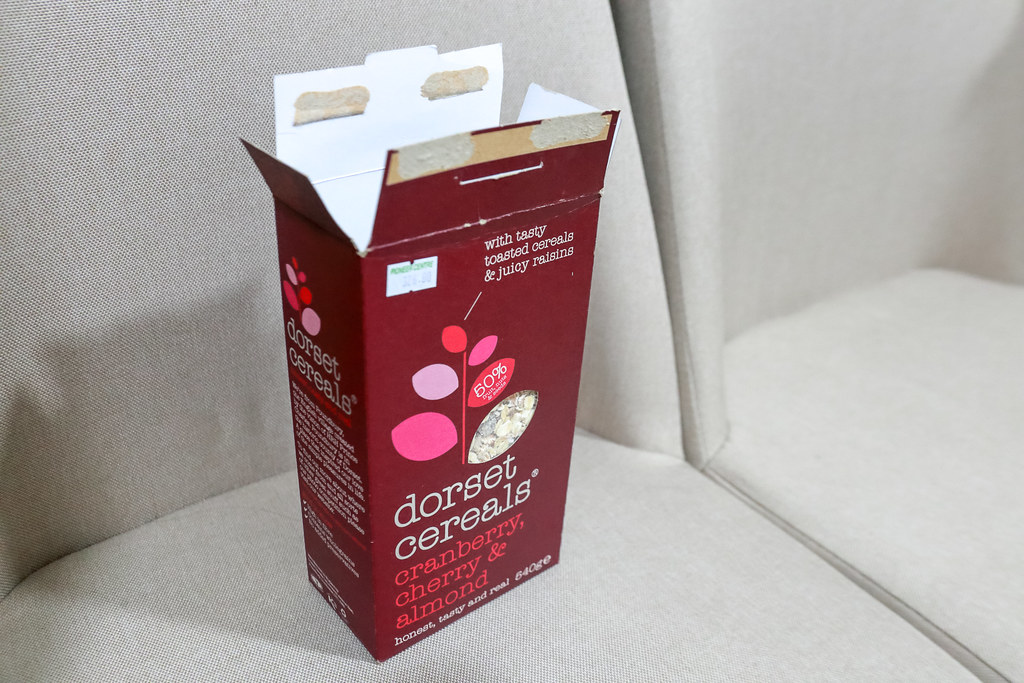Previously, we have tackled the Text stage of RE:Creation wherein we came up with a textual content of the front panel of the packaging which is our basis for this stage.
Summary

- Mark up the structure in HTML
- Mark up the groups in HTML
- Mark up the individual elements in HTML
Markup
Marking up means identifying elements, defining, and labeling them. It is just like in Text stage when we labeled elements and grouped them — but this time, we take it a step further by using HTML tags which has the capability to define where a markup starts and where it ends.
In HTML, we’ll use start and end tags to enclose elements. Once elements are enclosed by these tags, web browsers will be able to interpret and display them accordingly.
Syntax
Speaking of HTML tags, they have a syntax for us to follow. Syntax is the arrangement of symbols and rules that constitute the correct form of a language just like HTML. As an example for the label “Header”, the HTML tag will be <header> and </header>; for “Main”, <main> and </main>; and for “Footer”, <footer> and </footer>.
Readability
It is one thing to make our content readable for web browsers (for them to properly interpret and display it) and another thing to make it readable for humans (us and other coders who will be reading or modifying our works).
The fact that we have marked up our content in HTML tags, that makes it readable for web browsers. Indentation, on the other hand, makes it readable for human readers. All content within structures can be indented; the same as content within groups. In this way, we could see how the content is nested by looking at it.
Step 1: Mark up the structure in HTML
- Enclose the structure labels in “less than” (<) and “greater than” (>) signs
- For their delimiters or boundaries, simply add a “slash” after the “less than” (<) sign
- Convert the labels to the “small caps” (e.g., “Header” becomes “header”)
- Indent the nested elements within the structure
See the Pen RE:Creation No. 3: Dorset Cereals | Front panel | HTML – Mark up the structure in HTML by Brian Dys Sahagun (@briandys) on CodePen.
At this point in our activity, we can already view the result of our markup in a web browser. In our demo in CodePen, you can see on one side what the browser will display given our markup. It’s not apparent because the text elements are still placed side by side, but the result already shows the structure we made: the “Header”, starting with “Product name”, the “Main”, starting with “Product main description”, and “Footer”, starting with “(none)”.
Step 2: Mark up the groups in HTML
- Similarly with step 1, mark up the groups by converting their labels into HTML start and end tags
- For the syntax, aside from making everything in “small caps”, convert spaces to underscores (“_”)
- Again, indent the nested elements within groups for readability
See the Pen RE:Creation No. 3: Dorset Cereals | Front panel | HTML – Mark up the groups in HTML by Brian Dys Sahagun (@briandys) on CodePen.
Step 3: Mark up the individual elements in HTML
Individual elements are the actual textual content inside the structure and groups. We could combine steps 2 and 3 once we’re used to marking up content in HTML.
- Similarly with step 2, mark up the individual elements by converting their labels into HTML start and end tags
- As an added effort for readability, we could remove empty lines between groups and their nested content, to make them visually grouped together
See the Pen RE:Creation No. 3: Dorset Cereals | Front panel | HTML – Mark up the individual elements in HTML by Brian Dys Sahagun (@briandys) on CodePen.
The result of our markup may not visually show much improvement but we’re already paving the path for a solid basis of HTML and CSS.
For our next activity, we will be going into the details of HTML tags. Since HTML is a language, it has a vocabulary — meaning, it already has a set of tags that is equivalent to what we created at this stage.






